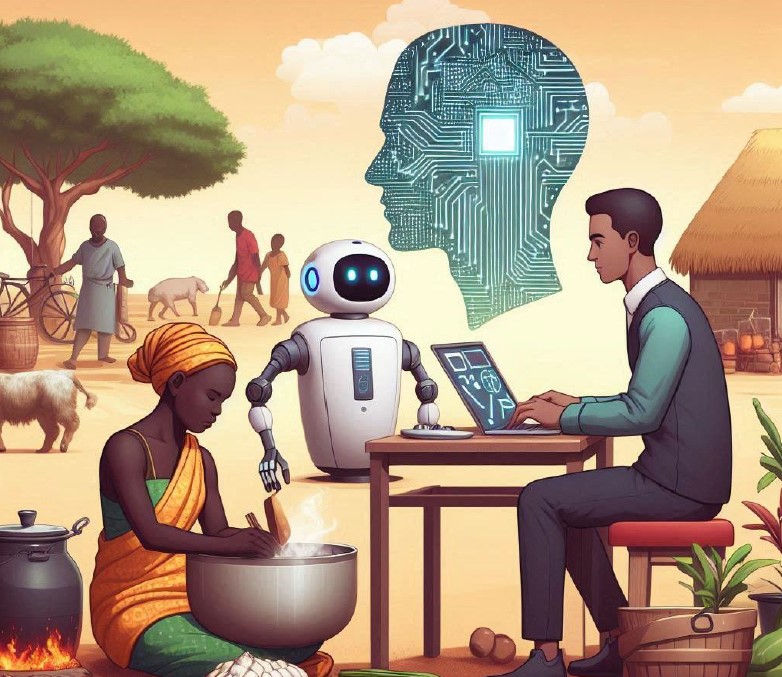In recent years, artificial intelligence (AI) has emerged as a leading new power in a variety of sectors, including healthcare, finance, and agriculture across the world, promising innovation and efficiency1. However, in regions like Africa, where we have some of the world’s highest gender inequities, with women not traditionally engaged in many sectors of the economy at the level of men but currently at much lower levels than men, substantive gender disparities exist in the use of AI technology across various sectors of society and unfortunately, in the rising use of that technology in African-based business sectors. Despite initiatives to promote gender equity in technology, women encounter numerous barriers that impede their full engagement with AI.
Recent estimates indicate that although the overall female labor-force participation rate in Sub-Saharan Africa stands at 61 percent, women represent only 30 percent of professionals in the technology industry. The question remains why is there gender disparity in Access and Use of AI in Africa? UNESCO reports that just thirty percent of women in Sub-Saharan Africa receive STEM training and engage in the technology sector. Furthermore, fewer girls than boys possess essential digital skills necessary to compete in the contemporary labor market. It is estimated that by 2030, approximately two hundred and thirty million jobs in Sub-Saharan Africa will necessitate digital skills.

